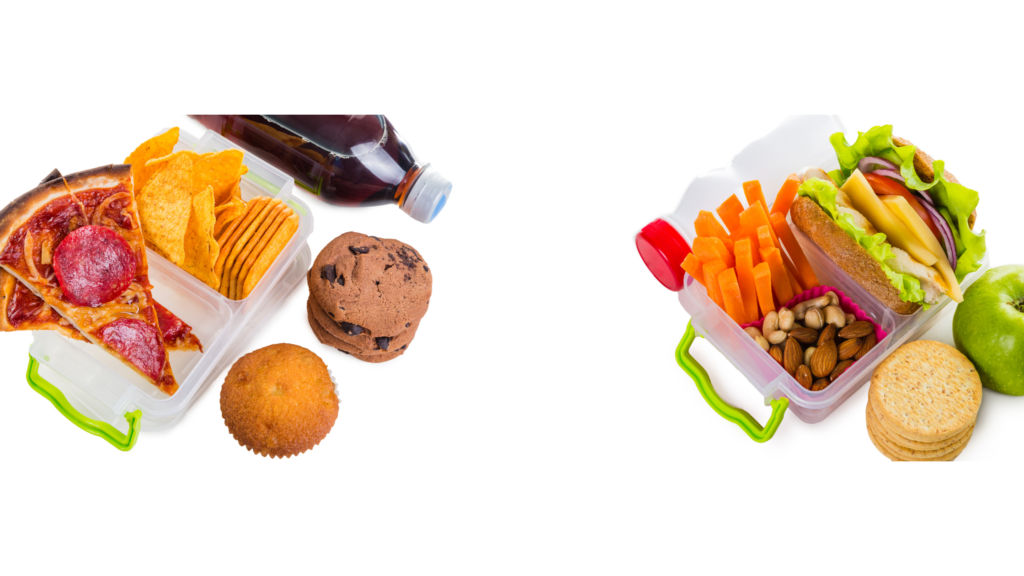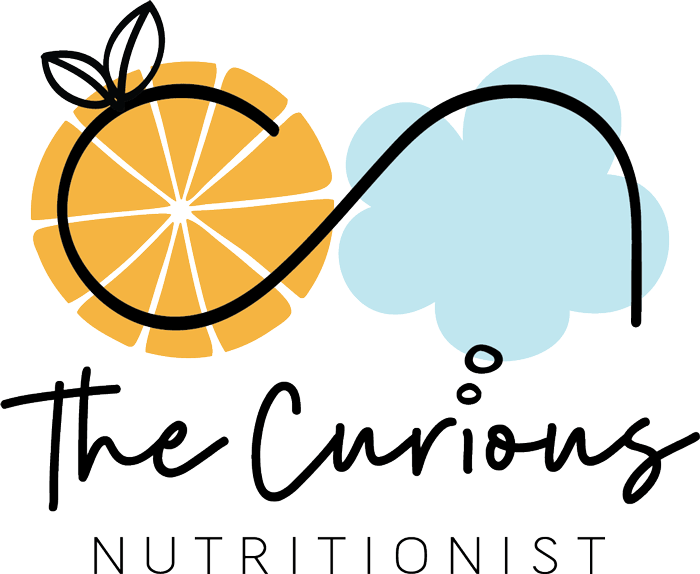Perspective of a teacher and nutritionist
The beginning of the school year is the peak season for the lunch box debate. I’ve been a teacher for 25 years and in the last five years, I’ve noticed the increased scrutiny and obsession of healthy lunches. ‘Old school’ playground chatter amongst parents has become ‘sharenting’ on social media, parent and teacher forums are filled with images of perfected lunch boxes, lunch box shame and schools trying to enforce healthy eating policies.
First of all, I need to say that not all teachers lunch box police and not all teachers realise they do this. Unfortunately, we have a culture that accepts the shame and contempt of food. This starts at the top with public health messages, like the television advertisement about sugary drinks with a family bingeing on copious amounts of sugar and frequent pessimistic messages in news bulletins; children eat too much discretionary food and only 5% of children eat enough vegetables each day.
It’s also known that food marketers top tools are shame, fear and guilt. We carry the power of marketing in our hand everyday, each time we touch a screen, it has us enticed and convinced to buy healthy options that aren’t necessarily healthier. We’re bombarded from all angles and feel the pressure to conform without fully understanding the consequences that can be harmful to mental health long term.
The result of food shame
Shame is debilitating and a violation of our rights. When we’ve been shamed, we carry a negative burden that shifts thinking about food from being safe to something destructive. Food choices are multi-factorial and our ignorance stinks when it comes to this. Eating requires sensory integration and building of neural pathways in the brain to learn food skills and build repertoire and this takes time and practise. Interfering in what feels right for children to eat can increase anxiety around food and for some the slippery slope into disordered eating. Children can develop maladaptive eating behaviours that can prevent them from learning to like new foods. Ultimately, food shame does not improve health and increased anxiety around food decreases appetite and food acceptance.
What does food policing look like?
Food policing doesn’t have to be overt and obvious. We’ve all heard about the note in the lunch box or the food that is removed and sent home. Sometimes, it’s the more subtle and elusive ways that we don’t recognise as policing. It’s concealed as good intentions, like:
- asking a child to take x amount of bites before they put their lunch box away
- suggesting to eat the fruit/vegetable/sandwich before opening the bag of chips
- asking a child if they want to grow big and strong when they’re not feeling hungry
- commenting on and comparing another child’s ‘HEALTHY’ lunch
- not allowing children to decide how much they want to eat
- expecting to see an empty lunch box before it’s put away
- refusing to open a package until something else is eaten first
- asking a child if they’re going to eat ‘ALL of that’
- making facial expressions that show a dislike of what a child is eating
Why are we getting this so wrong in schools?
Much like the health system, the education sector is an institutionalised force that traditionally is part of a hierarchical model of authoritarian and coercive power. Traditional teacher-centred instruction methods see students as passive receivers of information with a one size fits all curriculum, rules, algorithms and rote learning. Even though our education system has evolved towards a learner-centred approach, not all ideologies and beliefs have been challenged. Constructs of health beliefs and behaviours have led to a misunderstanding of the current knowledge. These belief systems underpin and influence perceptions and understandings with a little progression towards implementing more contemporary practices. These behaviourist pedagogical approaches are ineffective and are void of meaningful interactions and connections to food and they’re certainly not part of a teacher’s responsibility.
How can teachers help children learn to eat?
Consider each meal as practice and students becoming expert food learners. Each snack and lunchtime opportunity at school is developing food and social skills. Allow enough time to eat and make sure the environment is practical and comfortable. Allow trust in the process, not the outcome. Trust that children will learn to eat a variety of foods by allowing autonomy and self-governance. Have faith that they will eat enough for their body. Trust that they know which foods to choose from the ones provided. Pause those thoughts on good and bad foods, show respect for food. See that foods each have a name (like the students in your class) and use its name, not a moral term in its place. See the food for its taste, smell, texture, practicality and pleasure and that all food provides energy and different nutrition. Support learning to eat by example; sit and eat lunch with students. Support their social skills at mealtime by having a conversation to get to know them more. Leave food education to outside eating time. Learning to build a repertoire of accepted foods takes time so we need to allow the space and time for it to happen.


